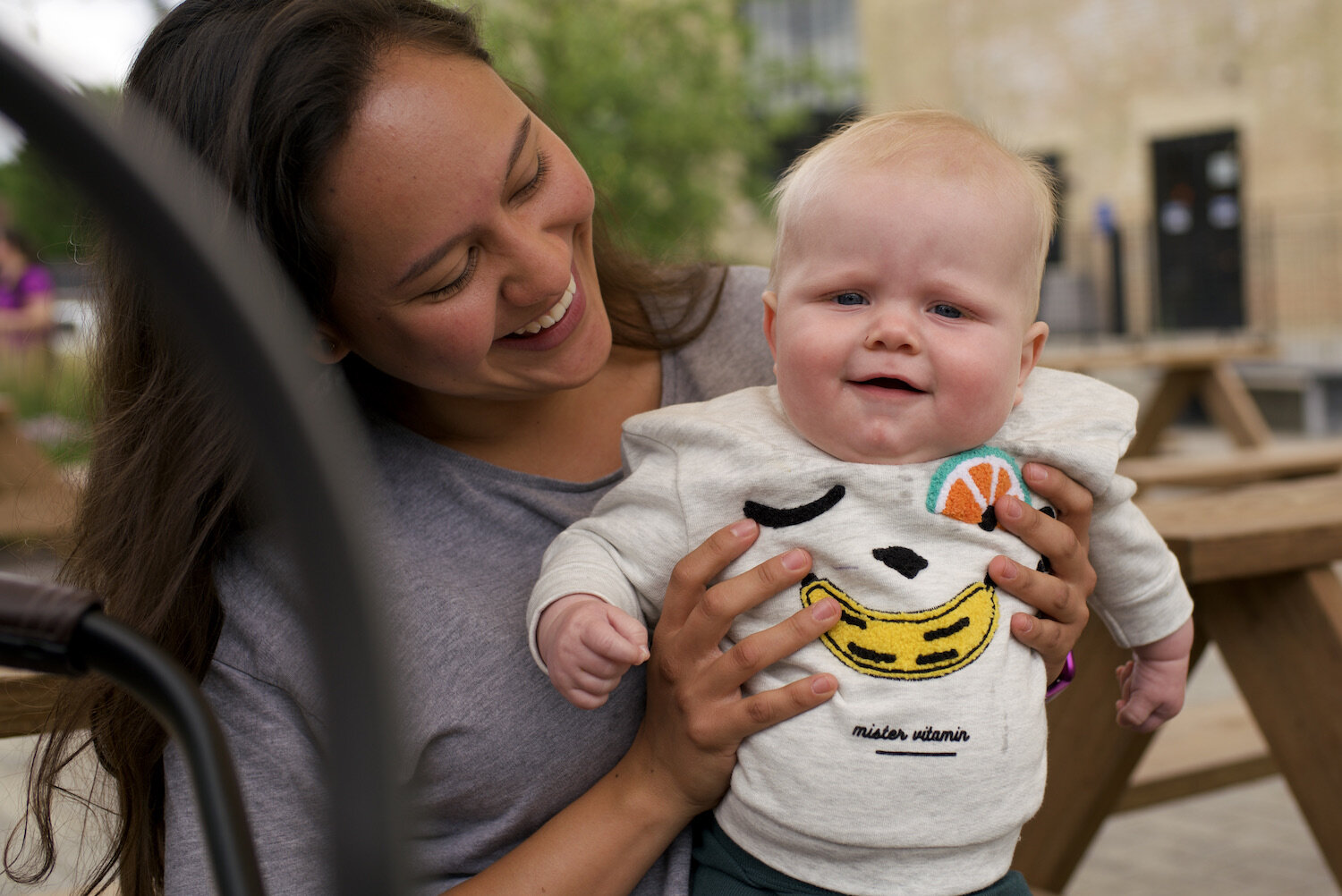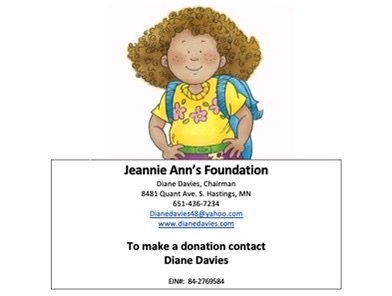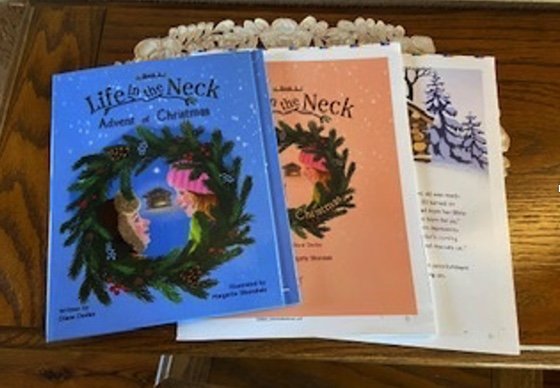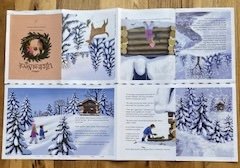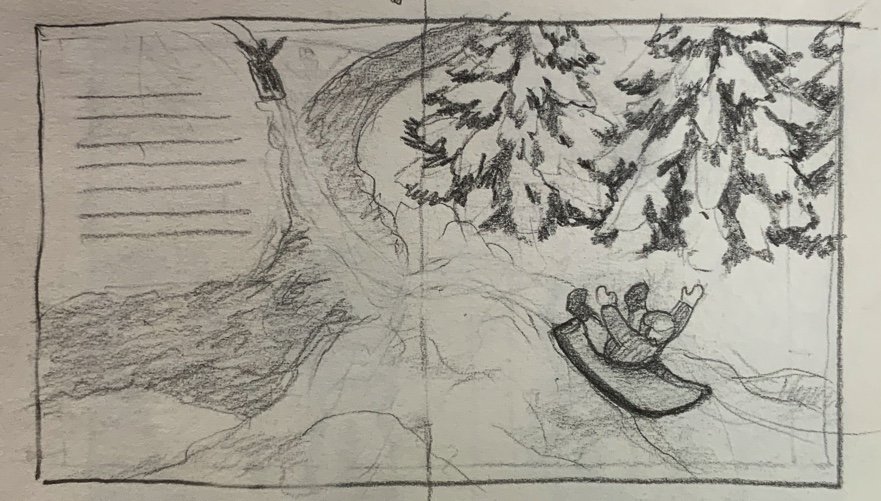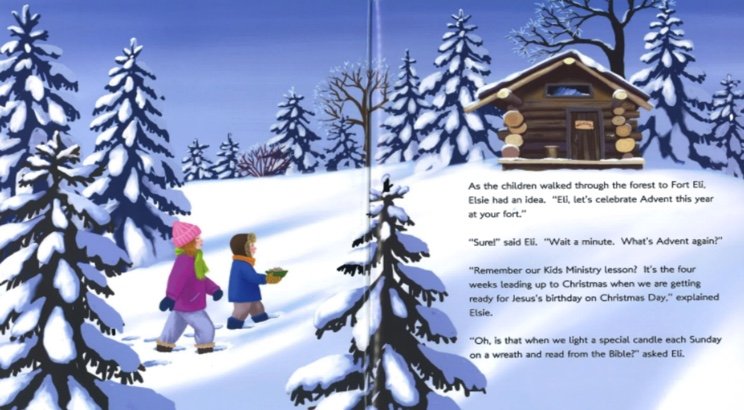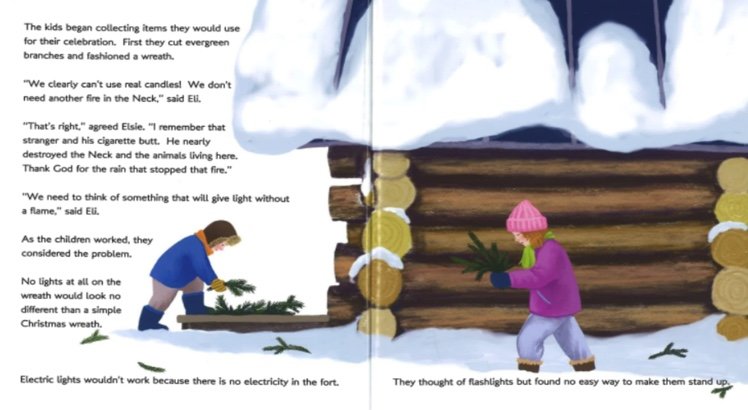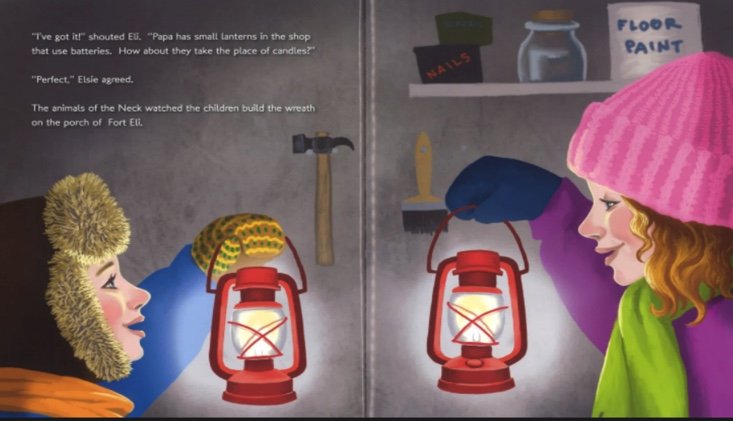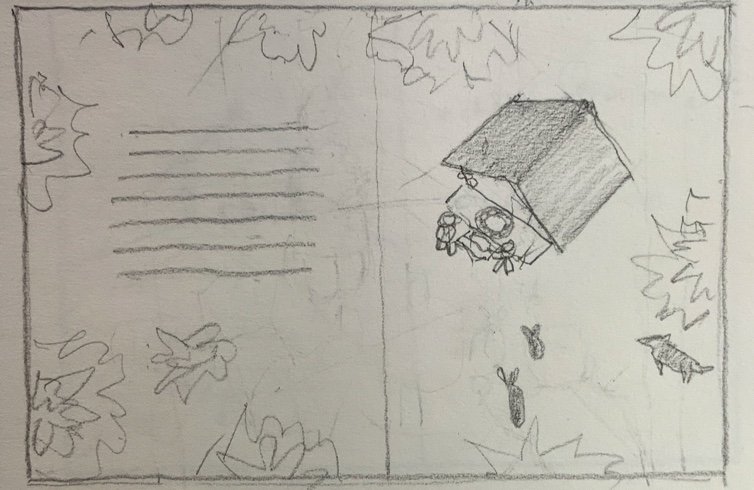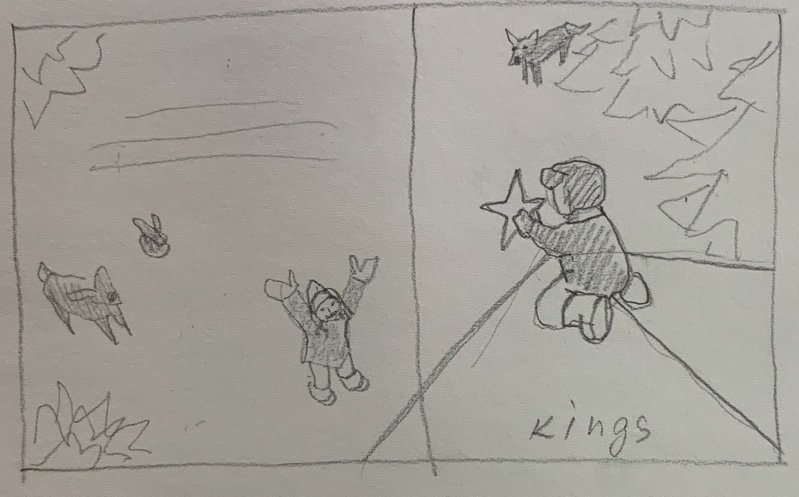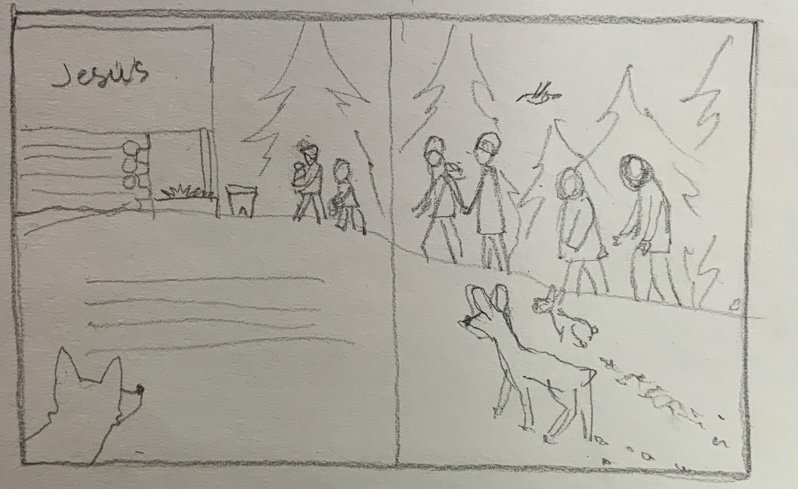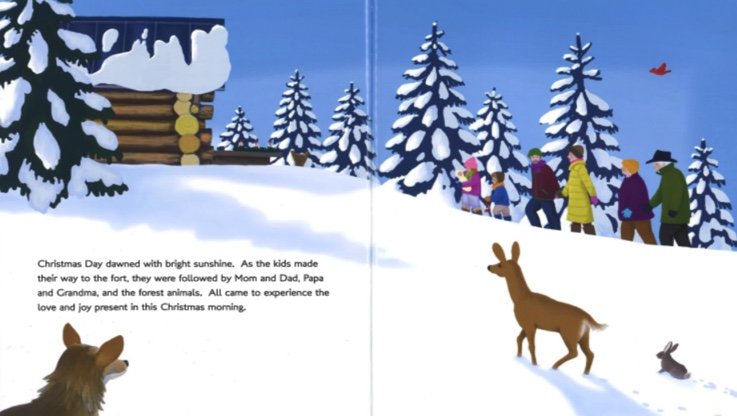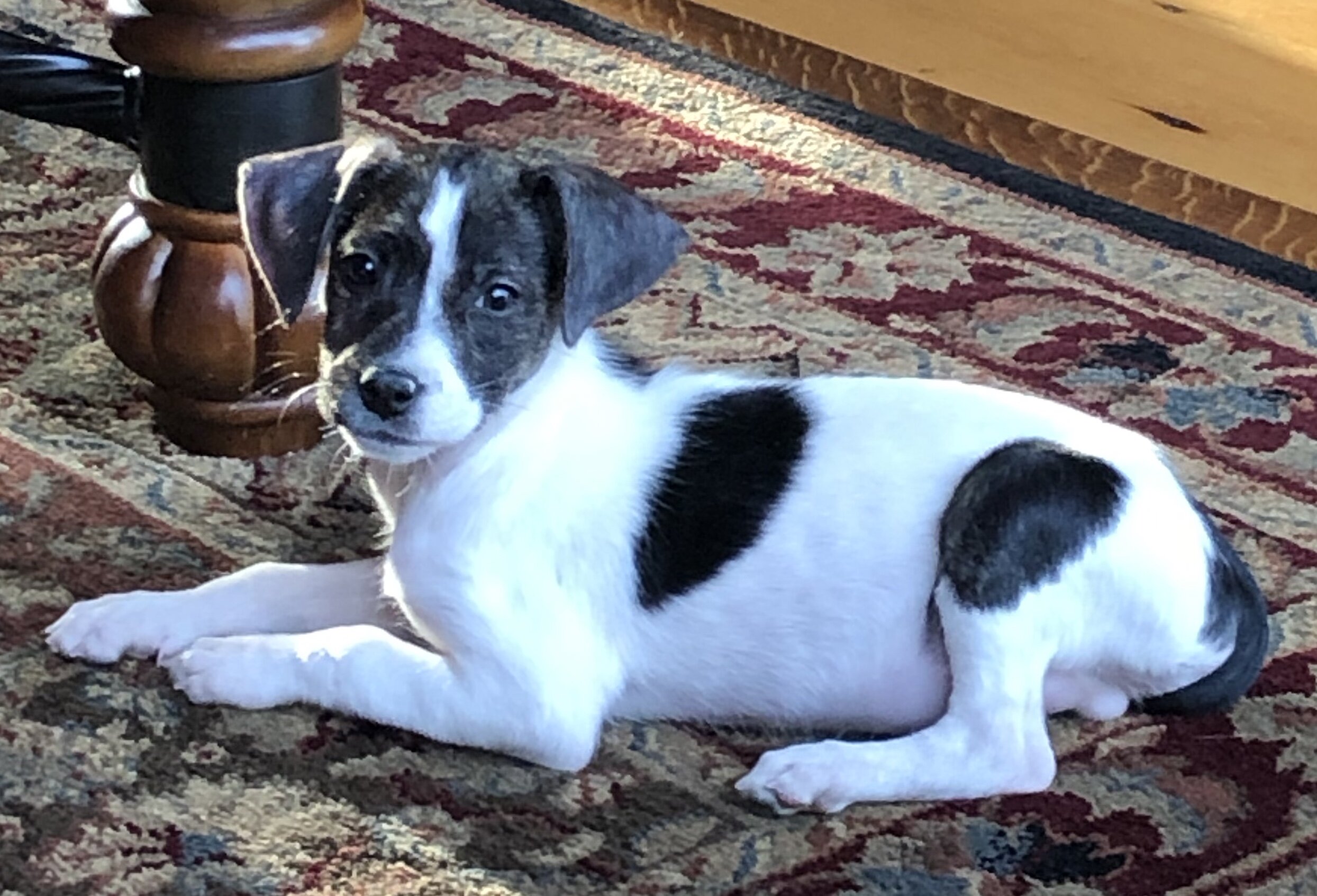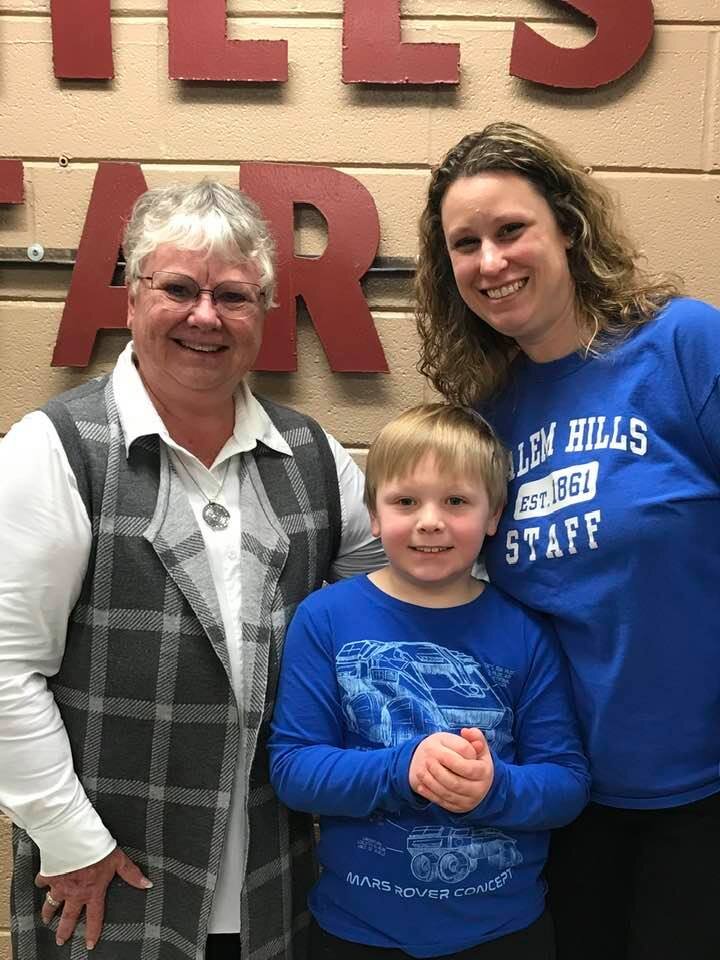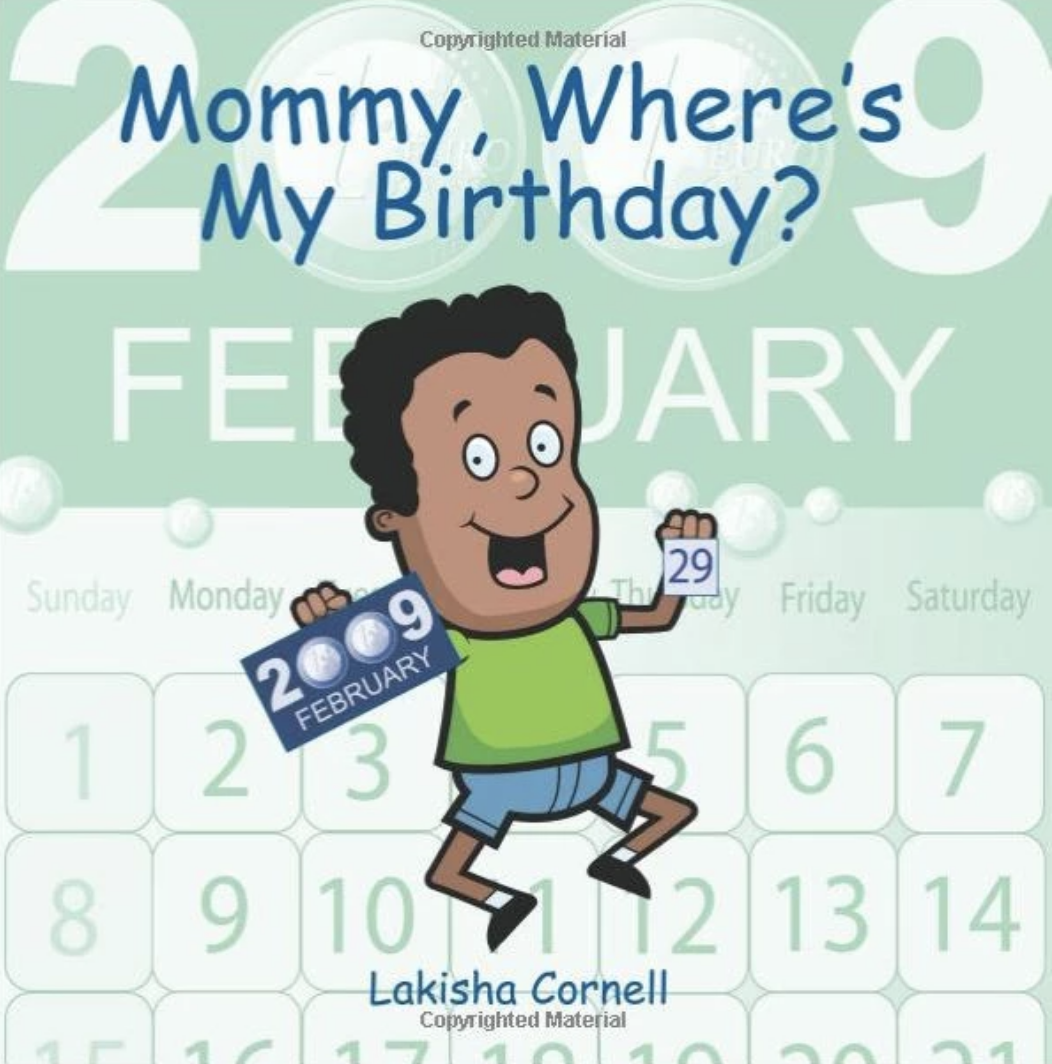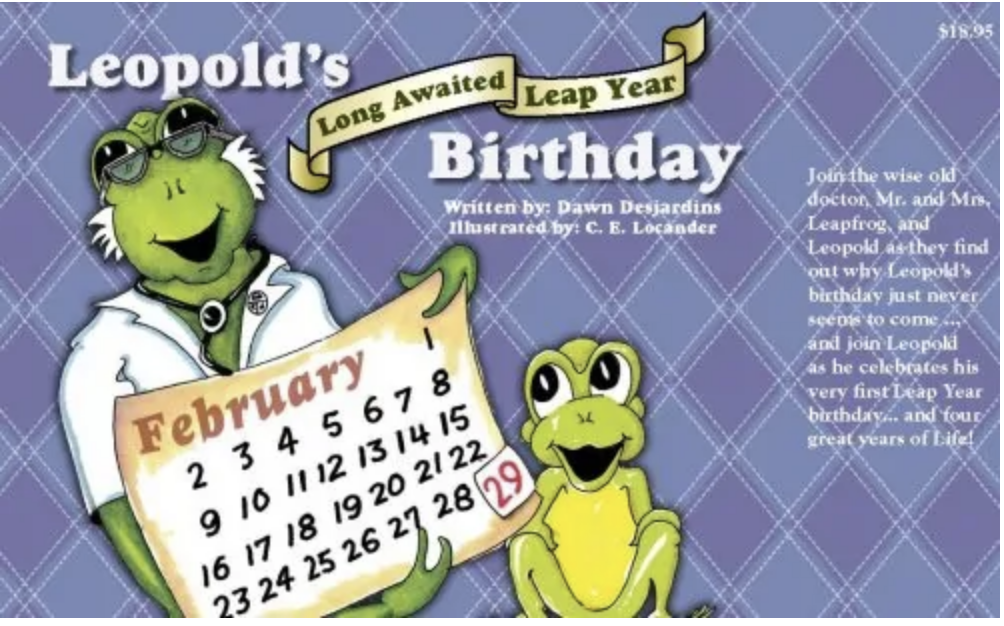As parents, it is our duty to ensure that our children grow up to be responsible, compassionate and respectful adults. One of the key ways to achieve this is by instilling important values in them from an early age. These values not only guide them in their interactions with others but also shape their character and worldview. In this blog post, we will explore some of the key values that you should focus on illuminating for your child.
Honesty
Honesty is an essential value that children should learn from a young age. Teach them to always tell the truth, even if it means admitting to a mistake or owning up to a wrongdoing. Children should understand that being honest is not just about telling the truth but also about living with integrity and taking responsibility for their actions.
Respect
Respect is another vital value that children should learn early on. They should learn to respect themselves, others, and the environment around them. Teach them to be kind and empathetic towards others, and to treat everyone with dignity and respect, regardless of their race, gender, or religion.
Responsibility
Responsibility is an important value that helps children learn to be accountable for their actions. They should learn to take ownership of their choices and decisions, and to understand the consequences of their actions. Encourage them to take on age-appropriate responsibilities, such as tidying up their room, doing their homework, and helping with household chores.
Perseverance
Perseverance is a value that helps children learn to overcome obstacles and challenges. They should learn that success is not always immediate and that it takes hard work and determination to achieve their goals. Encourage them to keep trying, even when things get tough, and to learn from their mistakes.
Empathy
Empathy is a value that helps children learn to understand and connect with others. They should learn to put themselves in other people's shoes and to consider their feelings and perspectives. Encourage them to be kind and compassionate towards others, and to show concern for those who may be struggling or in need.
Gratitude
Gratitude is a value that helps children learn to appreciate the good things in life. They should learn to be thankful for what they have and to express gratitude to others. Encourage them to keep a gratitude journal or to take time each day to reflect on the positive things in their life.
Courage
Courage is a value that helps children learn to face their fears and stand up for what they believe in. They should learn to be brave and confident, even in the face of adversity. Encourage them to take risks, try new things, and to speak up when they see something that is not right.
Instilling important values in your child is an essential part of their upbringing. These values help guide them in their interactions with others, shape their character, and provide them with a solid foundation for their future. By focusing on these values and illuminating them for your child, you can help them become responsible, compassionate, and respectful adults.
Values to Help Our Children Grow
How Children Can Play a Role in a Support Network
Many people often make the mistake of not including their children when it comes to sharing grave medical news. In my book, "Jeannie Ann's Grandma Has Breast Cancer," Jeannie Ann overhears her parents discussing their loved one's cancer diagnosis.
Jeannie, only six years old, doesn't understand cancer and its effects on the body. However, after her mother explains the disease to her and how it develops, little Jeannie Ann starts playing an unexpected caregiver role in her grandma's support network. She visits her grandma, asks her questions, and even helps her look pretty after she lost all her hair from chemotherapy.
While we can't expect our children to be primary caregivers. They can still play a comforting role for our loved ones. Here are some ways how they can play a role in a support network:
1. They can provide a distraction.
Children are naturally curious. They ask many questions to understand how the world works around them. When it comes to their loved ones having cancer, children can provide a comforting distraction by asking questions, sharing stories, and playing games.
That is not to say that children should keep on talking. Alternatively, teaching them to stay silent when they don't know what to say is alright as long as they show they care.
2. They can help make get-well cards.
Children often have a limited vocabulary when expressing their sympathies and feelings. To help lift your loved ones up, consider suggesting that your child make get-well cards. Let them express their creativity and let them know that their relative appreciates their sweet gestures.
3. They can help with post-treatment.
Jeannie Ann helps her grandmother adjust to her hair loss by helping her mother wrap beautiful scarves around her head. You can teach your child the fundamentals of caregiving by listening to their suggestions on what hats or scarves your relative may prefer after chemotherapy.
A child's innocence can provide a sweet distraction from the emotional pain of a cancer diagnosis. However, adults must learn when to give their children certain information about the condition. When you teach children to be compassionate and empathetic, they become kind and well-grounded adults in the future.
Why Listening is Important
Jeannie Ann is a six-year-old girl who discovers her grandmother has breast cancer. The book offers a comprehensive explanation that helps young children understand the disease. It also covers certain aspects like how the disease forms, its treatment, and what a family member can do to provide support.
One important step we can all do to offer support is to listen. While it may seem too simple, there are actually many benefits that I've listed in my book.
Here are some explanations of why we need to listen to our loved ones, our doctors, and our family members:
1. It aids with communication. Listening is an integral part of communication. When we learn to listen, we can help our loved ones cope with their disease as they undergo treatment.
2. It offers safety and security. Communicating effectively helps ease the fears and anxieties your children or loved ones may experience. Listening allows them to express their emotions better because they know you won't misunderstand them.
3. It creates trust. Effective communication with loved ones, doctors, and children helps establish a sense of confidence. This strengthens our bonds and allows us to find a better care plan for our loved ones.
4. Creates validation. Listening to your children's feelings helps validate their worries, fears, and confusion. Additionally, active communication offers an opportunity to answer any potential questions they may have.
5. Offers assurance. Jeannie Anne thought that it was her fault her grandmother had cancer. Fortunately, her mother could quell her fears and worries by telling her the nature of the disease and how it progresses. When we learn to listen, we can help ease our children's concerns and provide an educational opportunity for them to understand the disease and its progress.
Listening is an essential element in any relationship. To learn more about teaching children the nature of cancer and its dangers, purchase a copy of my book on Amazon or send me a message.
How to Explain Cancer to Kids
.Cancer is a severe illness that can start anywhere in the body. In my book, "Jeannie Ann's Grandma Has Breast Cancer," the protagonist discovers her grandmother has cancer but has no idea what the disease is until later.
Part of the reason why I wrote this book is to explain this disease to children. One such reason why children should learn about this disease is that they need to understand the importance of health and how the body works.
Cancer, unfortunately, can happen anywhere in the body. This disease occurs when specific body cells grow abnormally, spreading to other parts of the body and creating tumors. Tumors are either benign (not cancerous) or malignant (cancerous). When a person's tumor is malignant, they require immediate care, or else it'll spread to other parts of the body. This can be deadly, rendering the body weak and eventually unable to generate healthier cells.
While the topic is serious, we mustn't underestimate children's ability to understand. In fact, teaching them about the illness itself can be beneficial in the long run. When equipped with general knowledge at an early age, it allows them to establish healthy habits as soon as possible. It also boosts their self-esteem, giving them the impression that adults trust their ability to understand health issues.
Nevertheless, there is an art on how to relay such information to children. For one thing, we can't be too technical with our terms—after all, they are still children. Second, we have to be careful to avoid fear-mongering to avoid creating panic and anxiety. Lastly, we try to keep things as general as possible. This is to avoid complicating the situation and reduce the chances of children asking questions to which we don't have the answers yet.
If you need guidance on how to teach your children this disease, consider getting a copy of my book on Amazon.
Award Winning Author Diane Davies
Award Winning Author Diane Davies
In my book, "Jeannie Ann's Grandma Has Breast Cancer," the main character, Jeannie Ann, is a six-year-old girl who discovers that her grandmother has breast cancer. After learning about the disease from her parents and grandmother, Jeannie Ann starts to pray for her grandmother's recovery, hoping her treatment will go well.
Fortunately, her grandmother's treatment went well. While she lost her hair due to chemotherapy, Jeannie is infinitely grateful that her grandmother was able to stay with her longer.
Teaching your child to pray can be a great way to introduce your child to God. Prayer, first and foremost, is a way to connect with God and establish a relationship with him. When we teach our children to trust God and start a relationship with Him, we can ensure that their spiritual journey begins well.
If you are planning to teach your child how to start the prayer, here are the crucial steps of prayer, also known as A.C.T.S.
First is adoration. Start your prayer by praising God for His grace, strength, and mercy.
Next is confession. Confess your sins, problems, anxieties, and worries. Remember, no problem is too challenging for God. Even though He already knows your problems, it helps to verbalize them to avoid emotional pain.
Next is Thanksgiving. Express gratitude for all the blessings the Lord has given, no matter how big or small.
Last but not least is supplication. This is where our spirits are ready to ask God for our needs and desires. When we ask the Lord with longing in our hearts, He considers how these wishes can benefit us in the long run. When He doesn't answer right away, there could be two reasons: (1) It's not the right time, or (2) It's not the best choice for us.
Teaching children the power of prayer ensures their spiritual growth. When we introduce them to God at an earlier age, we give them the chance to grow spiritually, thus making them well-rounded individuals with essential virtues.
Teaching Your Child, the Power of Prayer
Life in the Neck Squirrel Trouble received a Book Excellence Award!
I am incredibly excited to announce that I have been recognized as a Book Excellence Award Winner for my book, Life in the Neck Squirrel Trouble in the Children’s Fiction Category.
Out of thousands of books that were entered into the Book Excellence Awards competition, my book was selected for its high quality writing, design and overall market appeal.
To view my complete award listing, you can visit: https://honorees.bookexcellenceawards.com/#!/Life-in-the-Neck-Squirrel-Trouble-Childrens-Fiction/p/448233149/category=129003501.
The book was released in 2020 and is about a young boy named Eli builds a log fort with his dad, but it’s not long before mischievous squirrels Chatter, Whistle and Squeak move in and take over. As the nuts, acorns, and pinecones pile up inside, Eli realizes he’s going to have to get creative to get them out. Will his plan work, or will the squirrels win?
The book is perfect for children ages 5 to 10..
You can get a copy for yourself at http://www.dianedavies.com
Self-Publish? Who me? Part 2
Happy author Diane Davies picking up her books from the printer. Anxious
to see the finished product.
Welcome back! Yesterday we talked about writing the manuscript and working with an illustrator. We’ll move on to editing, designing and printing today. Also ISBN numbers and copywriting. I had so much to learn and am happy to share. Enjoy!
Part 3 - Hiring and Working with the Editor:
In order to find a professional editor, I relied on the recommendations’ of author friends that were self-publishing as well as professional organizations like SCBWI searching for members who also did editing. Be sure to check for experience in editing in your genre. Make phone calls, ask questions and let you gut lead you.
Do I need a professional editor? After checking out the literature, I decided that I would spend the money and hire an editor for my own peace of mind.
In a blog on the NY Book Editors’ website, I found an article entitled; 12 Reasons Why You Need a Professional Editor. https://nybookeditors.com/2021/07/12-reasons-why-you-need-a-professional-editor/ The job of the editor includes more than just correcting typos – which is important in and of itself. We all know how we feel when we come across a typo in a letter, blog post, article, professional paper, or a book. It makes the author look careless and if he/she doesn’t care about his subject, why should I?
However, beyond the typo issue, the article discusses the biggest reasons why you should consider working with an editor to polish up your manuscript.
1. You get a fresh perspective.
2. An editor has a professional set of eyes.
3. An editor offers experience.
4. An editor gives objective feedback.
5. You can become a better writer.
6. An editor helps you discover your own voice.
7. An editor will check for pacing.
8. A professional edit ensures consistency.
9. An editor will help identify the fatty areas and bring about a stronger story.
10. You will create the right first impression.
11. Your manuscript will be safe.
12. A professional edit is more affordable than you think if you consider it as continuing education that makes your story stronger and you a better writer.
In my experience, I found the objective feedback to be most valuable. Hearing the strengths and weaknesses of my writing from the point of view of someone who has worked with a number of authors enabled me to step back and make a few simple changes that in my opinion did make my story stronger.
A word of caution, it was tempting for me to rely too heavily on the suggestions given. I had to remind myself to keep to my story and my voice so as not to lose sight of my objectives in writing the story in the first place. You are the author and you can decide what works for you and what does not.
I found it interesting to trust a small number, one or two, successful authors in my group of acquaintances to read my manuscript and offer feedback as well. I was then able to compare what they had to say with the advice of the editor and make better decisions on my writing for myself.
June 9, 2021 I hired Rachelle Burke as my editor. I received her first edit on June 22, 2021 and sent her my rewrite. By the end of June, I received a second edit which I shared with Margarita Sikorskaia, my illustrator. Margarita reminded me of how I had created my world of the neck and that I should not lose sight of my own writing style. On July 2, 2021, using Margarita’s permission, in a sense, to continue with what had been successful writing in Life in the Neck Books 1 and 2, adding in Rachelle’s good ideas regarding sentence structure, moving ideas around a bit, and punctuation changes – I combined it all, put all of my characters back in with my own writing style and wrote the final rewrite. I’m extremely happy with the result. There’s always so much to learn.
I’ve included Rachelle Burk’s first edit in its entirety for you to experience what you might expect to see from an editor. The editor I had used previously was not this explicit. Editors are all individuals with differing ideas and ways of doing things – just as author’s are. It is important for you to find an editor that is the right fit for you and your style. Here is the edit:
Hi Diane,
Lovely story, with a great “voice”!
I’ve researched your other books a little since it did affect some of my comments, such as the need to mention all the characters, or if there is already a fort mentioned, etc. Otherwise, I might have had different suggestions. Your books look lovely! BTW, one of my squirrels is staring at me at my desk as I type this very morning. Complaining about the lack of treats lately, I assume….Okay, he’s happy now. I just gave him Chinese noodles. (“Our” squirrels will climb our screen if we delay their morning treats).
Here are my notes, followed by line by line edits and suggestions. Please let me know if you have any questions!
Warmly,
Rachelle
TARGET AGE: Based on the animals and basic, informative info about Advent, it feels like a story geared to children ages 4-6. However, the language sounds a bit mature for your target audience, more like a middle grade novel than a picture book. I've made suggestions for simplifying the language.
WORD COUNT: A bit long for a picture book, but very easy to tighten. You have a lot of unnecessary detail that can be cut since it will be shown in the illustrations without need for the text. I’ve made suggestions in text.
TITLE: More specifically about Advent than just Christmas. Maybe the title should reflect that? Life in the Neck: Celebrating Advent? Your other books do not use “My” in the title, so probably don’t add it in this one.
CHARACTERS: You introduced 11 characters. A LOT for a PB. Must you name them all? I assume they are in your previous books so you want to have them all present here? When they are so named, there is an expectation they'll reappear in a meaningful way, but they each have minor roles. It would be enough—in fact, perhaps more powerful—to show them prominently in the illustrations with no need to mention them (or at least not all) in the text. If the illustrator focuses in on the animal characters, the reader will get that part of the story visually. For example, if she draws the squirrels looking quizzically at each other when the manger is assembled, the point is made without a squirrel actually saying, “Do you know that child in the straw?” But if you want it to be consistent with the other books and are certain you want them all named, keep the early paragraphs that I’ve suggested deleting (which is just a suggestion anyway, for the reasons I mentioned).
Point of View (POV): It's a good idea to have a single character from whose point of view you write from. It’s the standard in picture books, and most other books for kids (though novels can have alternating chapters from different POVs). Currently it seems that you have 2 main characters (MC) who more or less take turns with action and dialogue (Eli and Elsie), and there is no way to determine whose story it really is. I would suggest Eli because he is your audience's age and it's his fort. (Certainly, his sister and other family members can do things or speak, but these will all be things that your MC is able to observe, so it’s still his POV.) Otherwise, thoughts, wondering, and observations should be his, and most of the good ideas can come from him with a few thrown in by sister, his supporting character. For instance, after his sister tells him about the wreath for Advent, perhaps it can be HIS idea to have the celebration at HIS fort, and to make the wreath out of things in the woods, then SHE can suggest to add some acorns for decoration (since after all, the kids are sharing their peanuts so it’s the least the squirrels can do)—and she can suggest also that some small pine cones be added?
I have a suspicion, however—based on the photo on your website—that these are your grandchildren, and you want to give them equal billing. If so, I get that, though I’ll still provide my professional feedback without taking that into account, though you can then ignore it!
DIALOGUE: Dialogue tags should be invisible and not call attention to themselves. Don't say “inquired” or “quizzed” when “asked” will do, or “explained” when “said” works, etc.
You have a good balance between dialogue and narration.
VOCAB/WORDING/PUNCTUATION:
I don't think that shepherds, angels, kings or baby are capitalized.
Thoughts are italicized, not put in quotation marks.
INTRO: The writing is beautiful but I suggested cutting it to move more quickly to the theme of advent. Most of the parts that should be cut are things that will be shown by the illustrations so you will not be losing any information. Also, there is the scene with them sledding in the snow which is quite nice in terms of the writing, but since the story is about the fort, why not consider revising the winter activity to something about the fort--maybe Eli and his sister decorating the fort for Christmas? It seems as much more relevant than them playing in the snow, delays the story-related action.
CONFLICT/PROBLEM: typically even a themed story like this has some sort of struggle, conflict, or problem to work out. Can Eli struggle a bit to figure out a way to make the wreath without candles because of a recent fire? Maybe after deciding to make an Advent wreath, they agonize about the idea of candles and remember the fire—add a line or 2 of detail about the fire in which, perhaps, no one got hurt for the grace of God…that sort of thing. I don’t believe that the parents’ getting mad should be their motivation for deciding against the candles. Instead, it should be the potential dire consequences of a fire in the woods. Maybe they consider no lights at all, but then that’s nothing but a Christmas wreath, right? What if they capture fireflies and use them as lights? No, they don’t want to imprison wildlife. So, finally, Eli remembers the lanterns in the shed, and the story continues. Maybe you can even come up with a bible verse that addresses the idea of will/motivation/determination that you can add during the conflict part of the story. All of this would increase the excitement and show Eli’s strong motivation and creativity.
CONCLUSION: Lovely, simple.
My Life in the Neck Christmas
By Diane Davies
Word Count: 987
651-436-7234
Add back the deleted opening
(Gorgeous writing, but you should probably cut much of it since the illustrations will show the snow covered pines.)
Eli and his squirrel pals new pals from the squirrel family Illustrations will show they are squirrels)), Chatter, Whistle and Squeak had come to an agreement for sharing the fort for the time being, at least until spring. Eli delivered peanut treats to them daily (active voice is stronger, as opposed to passive “were delivered”) The peanuts and peanut butter treats were delivered daily by Eli. Mr. & Mrs. Red The Squirrel and family had it made for what looked like the long winter ahead.
The cold of winter settled in with the first snowfall. All of the animals who lived in the Neck((,))—Delaney, Rocket, Red, Old Coyote and others more, —were prepared for the long freezing stretch.
Elsie, Eli’s big sister, and had school until the long awaited Christmas ((V))vacation. When Christmas vacation arrived, Eli and his big sister Elsie loved to sled down the driveway Sledding down the driveway and over the mound of snow piled up at the end. became the after school activity for the two of them. Wet jackets, mittens, scarves, snow pants and boot liners were daily added to the clothes dryer to make ready for the next day. Most of this doesn’t add anything to your story. Images will only show the sledding, not the shedding (of clothing) anyway, so leave out that unimportant detail! Great detail for a novel when you have a large word count to work with, but not a PB. I recommend cutting to get more quickly to the heart of your story.
As Elsie and Eli walked up the hill and through the forest to decorate Eli’s Fort to deliver the daily peanut treats to the squirrel family, Elsie had an idea. “Eli, let’s celebrate Advent this year at your fort.”
“Sure! What’s advent (Advent—capital A)?” questioned asked Eli. (I don't think he'd agree before asking the question and getting the answer)
“Well Advent is celebrated at Church. Remember? “It’s the four weeks leading up to Christmas when we are getting ready for Jesus’ birthday on Christmas Day,” explained said Elsie.
“Oh, is that when we light a special candle each Sunday on a wreath and read from the Bible?”((,)asked EliBeing the older sister and twelve Elsie explained that evergreen branches placed in a circle make up the Advent Wreath. “A circle has no beginning and no end, just like God’s love for his creations,” she said Elsie.
“Does God love the birds and animals, too?” ((quizzed))asked Eli. (Birds are animals, so they don't need a separate category. Though this question makes Eli sound much younger than intended. I have a feeling he is old enough to know the answer to that, so personally I’d leave this question and Elsie’s answer out.)
“Even the birds and the animals,” responded Elsie.)) “Yes, all of them,” said Elsie.
The kids used Google to research Advent. Using Remembering their Sunday School lessons and information from online, they began collecting items they would use for their celebration. First they found evergreen branches and fashioned a wreath.
“We clearly can’t use real candles! Mom and Dad would be so mad. “Let's not use real candles,” said Eli. “We don’t need another fire in the Neck,” said Eli. (I think you can expand on the fire history, and have them struggle here to figure out what to use instead. It ups the drama a bit, as I describe in my notes)
“Papa has lanterns in the shop that use batteries. They will take the place of candles,” ((answered)) said Elsie.
The animals of the Neck watched the children build the wreath on the porch of Eli’s Fort. On The first Sunday of Advent, all was ready. Gathering around the wreath, Eli turned on the first lantern while Elsie read from her Bible, Isaiah 9: “For a child has been born for us.” Then she turned on the first lantern and explained, “The first This lantern represents the Prophets that told of a Savior’s coming,” announced said Elsie. “What’s a Savior?”((,)) Eli asked wanted to know.
“Someone who saves us from our sins - Jesus,” explained Elsie. Delany and Rocket looked on in astonishment. “What is going on?” they wondered. This sort of comes out of nowhere. What exactly are they astonished about? From their point of view, the kids are reading a book with a lantern on. Perhaps it would be more powerful to have the illustrator draw the animals circled around them listening peacefully—no text needed!
On Advent’s second Sunday, Elsie turned on two lanterns and Eli read Matthew 1: “She will bear a son and you are to name him Jesus.” He turned on the second lantern and said, “This lantern represents the angels. They talked with Mary, Joseph and the shepherds about Jesus’ birth.” explained Eli. ((Art note:Delany and Rocket were joined by Cardinal Red and Old Coyote as they began to experience the coming of the light into the forest.)) Again, let the illustration alone show this without you telling it.
The kids found an old wooden manger upstairs in Papa’s shop and took it out to the fort placing placed it in front of the Advent (W)wreath for the third Sunday. “When Jesus was born, a feed manger like this was used for his bed,” said Elsie. Elsie and Eli were amazed at the number of (art note: still more animals joining them.) Eli turned on three lanterns. Elsie read from Luke 2: “You will find the babe wrapped in bands of cloth and lying in a manger.” She added, “This third light represents the Shepherds who were told by the Aangels where to find the Bbaby in a manger. The manger was used long ago for feeding farm animals(still is) and was used for the baby’s bed,” said Elsie. (move this part about the bed up a few lines) The animals no longer feared the growing light . (There was no indication they ever feared it. Maybe an art note that just have the illustrations showing the animals moving closer to the children and manger, and therefore it is clear that they are not afraid, and are also moved by and engaged with the event)
The fourth Sunday arrived. Once again the kids came to the fort to turn on all four lanterns. It was Eli’s turn to read Matthew 2: “They followed the star until it stopped over where the child was.” He clicked on the fourth light. “This lantern is for the Kkings who came bringing the first Christmas Gifts gifts to the Bbaby – gold, frankincense and myrrh. Very carefully straw was added to the manger making it a warm nest (lovely phrasing!) for the new baby.” Eli crawled to the roof and added climbed up to add the star he’d made. (My reason for this last suggestion is the significant danger of a small child climbing on a roof. Perhaps have your illustrator show him on a stepstool placing it over the door of the fort rather than on the roof.
Christmas Day dawned with bright sunshine. As the kids made their way to the fort, they were followed by((,)) Mom and Dad, Papa and Grandma, and the forest animals. All came to experience the love and joy present in this Christmas morning. Elsie had carefully wrapped a baby doll in a blanket while (let illustration show—you then write it in the next line anyway) Eli carried the last of the lanterns to the fort. Elsie placed a doll swaddled in a blanket into The doll was placed in the manger.((,) As Eli turned on the first four lanterns, all five lanterns were turned on while Elsie read John Chapter 1: “And the word became flesh and lived among us and we have seen his glory, the glory of a father’s only son, full of grace and truth.”
As she switched on the fifth light, both children read together, “This final lantern bringing the light into the world represents Jesus coming to save us from our sins,” declared Elsie and Eli together.
Delaney looked over to her friend Rocket asking, “Do you know who that child is in the straw?” (this is the first time am animal actually speaks, so it's a bit jarring so late in the story. But mostly, I wonder whether the question needs to be asked at all. You would show their engagement by their proximity via the art. The fact that they have followed the family, and are so engaged and interested in the goings-on, seem to imply that they intuitively understand who the child is, or at least that he is someone very important.)
(Illustration note: As the animals placed their natural treasures around the manger,) (I’m suggestion leaving out this text and have it shown beautifully via the illustrations) Rocket answered Delaney question, “He is Jesus,! C come to bring light, hope, joy and love to our world.” Do the humans hear him? I don’t know how you handle the talking animals in your other books. Unless you truly feel it’s necessary, I’d leave this out here, since the lines before and after reflect the full sentiment of the quote. But I do have an interesting “compromise” (since it’s very rare to have animals talking in a book where there are also humans): remove the quotes from the main text but have the illustrator let the animals say things in speech bubbles over their heads in the art! That will more clearly imply that only the animals hear each other, and it’s not something the humans are privy to.
And right there in the middle of the Neck in front of Fort Eli, the peace and love of Christmas Day settled on all present and the light came into the world once again for one and all indeed! “once again” implies the light was out. How about something like:
And a bright light shone at Fort Eli, in the middle of the Neck, as the peace and love of Christmas Day settled on all present. (or something like that).
(Art note: All characters together say in a speech bubble: Merry Christmas, Eeveryone!)
Part 4 - Hiring and Working with the Printer:
It is important to begin your search for a printing company early on in the process as it can be a daunting task with much for you as an author to learn. Your designer is the person who puts the pages together for the printing of the book and will need to know the requirements of the printer before their work can begin. The designer maybe able to help you make many of the decisions ask of you by the printer.
I found a very helpful article on Incredible Planet (https://incredibleplanet.net/10-tips-for-choosing-a-printer-for-your-first-published-book/) entitled 10 Tips for Choosing a Printer for Your First Published Book.
1. Consider Price – The best way to do this is to request a quote. Be sure to comparison shop between 2 – 3 different services. High price does not necessarily mean quality service. An understanding of materials, bindings, color options and the quality of their work is what is most important.
2. Printing Equipment – The condition of their printer and how they maintain it is important for the quality of their product. Request to see a sample of their work.
3. Specialization for Self-Publishers – They will take the time to answer your questions and make suggestions and offer the best options for your printing needs.
4. Length of Time in Business – Services that have been in business for a lengthy period have consistent quality and output.
5. Printing Options – Do they offer hardcover, paperback and ebook?
6. ISBN Number - identifies the registrant, specific title, edition, and format. Remember each format requires a different ISBN number. The printer does not supply these numbers.
7. Before You Format – You must choose your printing company before you format.
8. Book Size - You will need to know your book’s overall dimensions before printing. The book size (trim size) you select determines the internal specifications and cover template of your book.
9. Paper, Binding, Laminate – The company website or representative can help you make these decisions according to what you want for your end product.
10. Book Distribution – Is usually not a part of the printers job. However be sure to have this conversation.
Conversations between you the author, your designer and the printing service representative will be helpful in figuring out your needs. I’ve included a copy of my Printing Spec Sheet to help you get an idea of the decisions you will need to make.
When deciding on a printer I took into consideration where they were located. I had made the decision not to use a warehouse distribution center but to do the shipping of orders from my home. The printer I decided on was in 50 miles of my home so I would be able to pick up my books myself and save a considerable amount of money on having the books shipped to my home for storage. Another decision for you think about for yourself.
Printing Spec Sheet
Date: June 24, 2021
Diane Davies
8481 Quant Ave. S.
Hastings, MN 55033
651-436-7234
Title of Book: Life in the Neck Christmas – Book 3 in the Life in the Neck Series
Author: Diane Davies
Illustrator: Margarita Sikorskaia
Type of Printer: offset
Trim Size: 8’ X 10” with double page spreads
Format: hardcover
Paper Weight: 100 lb. high gloss
Binding: perfect binding/adhesive case
Page Count: 32 pages
Number of Copies: 1000
Part 5 - ISBN Numbers:
An International Standard Book Number, or ISBN, is a 13-digit code used as a unique identifier for a book. An ISBN is assigned to each edition of a book, enabling publishers, bookstores, libraries, and readers to find individual titles.
The number identifies the registrant, specific title, edition, and format.
The internet does a great job of detailing for you how to obtain an ISBN number. Here is an article that I found helpful: https://selfpublishing.com/isbn-number-self-published-book/
I used Bowker Identifier Service to purchase my ISBN numbers.
Part 6 - Copyright:
Copyrighting is when a creator establishes a public record of their intellectual property.
A copyright can protect your book by providing proof of creation and can strengthen the defense against copyright infringement by another entity. For example, a copyright can prevent a bookstore from making and selling its own copies of your writing for profit. A copyright can also keep another author from plagiarizing your work.
The internet does a great job of detailing for you how to obtain a copyright for your book. Here is an article that I found helpful: https://www.masterclass.com/articles/how-to-copyright-a-book#what-is-a-copyright
Part 7 - Hiring and working with a designer:
Book designers work on the entire physical appearance of your book. This includes designing the interior of the book along with the exterior. As a result, book designers outline the font and layout of your book's text and choose the type of paper for your book. Here is a short explanation of the job of the designer: https://www.authorlearningcenter.com/publishing/design/w/cover/1812/what-does-a-freelance-book-designer-do---article
In order to find a professional designer, I relied on the recommendations’ of author friends that were self-publishing as well as professional organizations like SCBWI searching for members who also did designing. Be sure to check for experience in design in your genre. Make phone calls, ask questions and let you gut lead you.
Part 8 - My Publishing Timeline for Life in the Neck Advent of Christmas.
This timeline details my process for publishing Life in the Neck Advent of
Christmas in 2021. Every book follows its own process. Some books take more time and others take less. This is just to give you an idea of how the process flows.
Early Spring 2021 Began the manuscript writing process
May 12, 2021 Finished manuscript 1st draft
May 2021 Hired Margarita Sikorskaia, illustrator
May 30, 2021 Sent Manuscript to M. Sikorskaia
June 9, 2021 Hired Rachelle Burk as editor
June 10, 2021 Began search for printer
June 22, 2021 1st Edit from R.B.
June 24, 2021 Received rough sketch of storyline from M.S.
June 29, 2021 Storyboard conversation with M.S.
July 2, 2021 Final rewrite sent to M.S. and R.B.
July 6, 2021 Received 1st finished drawing for approval
July 6, 2021 Began search for designer
September 19, 2021 Completed files from MS. – sent to P.K. designer
September 23, 2021 Hired Patricia Krebs as designer
September 30, 2021 ISBN – Bowker Identifier Service
October 13, 2021 Applied for Library of Congress Control Number
October 26, 2021 Applied for copyright - $65.00
October 29, 2021 Completed files sent to the printer by designer
November 5, 2021 Cover and signatures ready for assembly
This is the cover and signature pages ready for the book to put together.
What is a signature? The address below is a good article explaining the book print lingo of a signature. https://www.formaxprinting.com/blog/2018/01/book-printing-lingo-what-is-a-signature
The pages of a book are printed on large sheets of paper and are known as a signature. The use of Signatures speeds up the printing process, simplifies the binding operation, and reduces the amount of paper waste. All signatures contain page counts in groups of four.
So there you have it my friends. My self-publishing journey! Now that I have accomplished the task and compared prices between paying someone to publish a book and actually doing it myself, I found only a slight difference in price. Printing right now is extremely expensive due to shortage of materials because of the pandemic. So perhaps it is not a good time to try and measure apples for apples. I also did not want to cut any corners on the quality of my finished product.
I hope this helps you with your own decision making as you move into self-publishing.
Diane Davies
Self-Publish?
Who me?
by Diane Davies
Self-publishing has always seemed to me to be a bit mystifying, perhaps even baffling, even enigmatic describes it well. I self-published Breast Cancer Saved My Life, however I’m not sure that counts as I did it as part of a writing class I was taking and had someone holding my hand throughout the process and really leading the way.
Cover and signatures for Life in the Neck Advent of Christmas
After having published my first three children’s books with Beaver’s Pond Press, I decided once again to try the self-publishing route to prove once and for all that I could either do it or not. I read quite a bit about the process online through blogs and other articles, talked to several authors one of which even provided a cheat sheet with names of people to contact to hire for different processes, and I made a number of phone calls always ready to ask questions that would help give me answers and get me started.
I’m proud to say that I actually self-published my newest children’s book, Life in the Neck Advent of Christmas. I kept numerous notes as I moved forward. This article is my attempt to help other authors on their way to self-publishing their own books.
Part 1 - Writing the Manuscript:
When making author visits to schools, one of the questions I usually am asked by the children is how long does it take to write a book? What they are asking is how long does it take to write a book and have the finished product, the actual printed book ready to sell, in your hands? As you can see, these are two very different questions with very different answers for each and every book written.
As you well know, there are a myriad of factors effecting the answer.
In the case of Life in the Neck Advent of Christmas, a children’s picture book, the actual writing time from first draft to final print ready draft was four and a half months. The time until finished book in hand was six months. In my experience that was an extremely short amount of time.
In this case the writing time included:
· Many rewrites on my part before I was ready for editing.
· The editing process with Rachelle Burk and three rewrites.
· The back and forth progression working with illustrator, Margarita Sikorskaia.
· And finally, working with Patricia Krebs, the designer, to get it ready to send the print ready files to the printer.
Every author has their own method for getting that manuscript written. For me a story usually starts on one of my walks around what we call the loop of our driveway through the neck. Ideas appear as I enjoy the natural world near my home. Upon arriving home, I turn my ideas into notes trying to capture as much as I can on paper or the computer before it escapes me. My notes gel into somewhat of an outline and I’m on my way filling in the gaps in the story. This part usually takes me several weeks of walks with the story and its details filling my mind.
I write best in the morning. My cup of coffee and a glass of water at hand by my computer on the desk. I may write for an hour or several hours depending on how it flows. At times I just get up and walk away. Returning later with a cleared head ready to go again.
I’m writing children’s books so the length is much shorter than a novel. My stories demand language and vocabulary tailored for my audience. When I feel that my story is complete, I put it away for a number of days – perhaps even a week or so. When I pick it up again, I feel that I have fresh eyes to begin rereading and rewriting.
I go through this process several times. I may invite my grandchildren down to listen to the story. They are generally eager to add their own ideas and comments which I do take into consideration.
Part 2 - Working with the Illustrator:
My initial conversation with Margarita Sikorskaia regarding Life in the Neck Advent of Christmas took place before I had the first draft even finished in early May of 2021. Margarita worked with me on two previous Life in the Neck books, New Friends and Squirrel Trouble. I knew I wanted her to illustrate this third book for me as well and was willing to wait for her availability. Projects she had ahead of me would be finished in early October of 2021. She agreed to start on my project at that time. My planning was that Life in the Neck Advent of Christmas would be published in 2022 and be available for the holiday season.
A few weeks later, Margarita contacted me to tell me that one of her projects had been canceled and that she could start on mine immediately! I sent her the manuscript and we were off and running with our discussions on what I wanted for illustrations.
In my manuscript there are Bible verses quoted telling the Christmas Story. The question became how would we depict those in the illustrations? Margarita’s creativity kicked in and she sent me this sketch showing an image overlay for the Bible verses as shown below:
Through much dialog, we mutually decided that this idea would take away the simplicity of the story and would perhaps be confusing to our young readers.
By June 24, 2021, Margarita sent me the completed storyline sketch for my approval. Below you see the sketch and under it the finished page and finally the file sent to the printer.
Storyline sketch from M. Sikorskaia.
Finished drawing by M. Sikorskaia ready for the designer.
Finished design by Patricia Krebs. File ready to be sent to the printer.
Storyline Sketch
Finished Drawing
Finished Design
Storyline Sketch
Finished Drawing
Finished Design
Storyline Sketch
Finished Drawing
Storyline Sketch
Finished Drawing
Finished Design
Storyline Sketch
Finished Drawing.
Finished Design
Storyline Sketch
Finished Drawing
Finished Design
Storyline Sketch
Finished Drawing
Finished Design
Storyline Sketch
Finished Drawing
Finished Design
Storyline Sketch
Finished Drawing
Finished Design
Storyline Sketch
Finished Drawing
Finished Design
Storyline Sketch
Finished Drawing
Finished Design
Storyline Sketch
Make it stand out
Whatever it is, the way you tell your story online can make all the difference.
Then right there, in the middle of the Neck in front of Fort Eli, the peace and love of Christmas Day settled on all present. And the light came into the world for one and all!
For more on Self-Publishing? Who Me? by Diane Davies come back for Part 2 on tomorrow’s blog.
Latest.
10 Quick Ways to Analyze Children’s Books for Racism and Sexism
10 Quick Ways to Analyze Children's Books
for Racism and Sexism
from The Council on Interracial Books for Children
http://fcs.sites.mjc.edu/10QckWys2AnlyzChldn.pdf
Remarks by Diane Davies
As parents, grandparents, educators and consumers of children’s literature today, we find ourselves questioning each book purchase we make as to the amount of racism and sexism we are exposing our kids to in this or that particular story. The Council on Interracial Books for Children has put together this guide of 10 Quick Ways to Analyze Children’s Books for Racism and Sexism. The guide is intended to help children detect these attitudes in what they read and transfer the perception to wider areas. So we as the buyers of children’s literature should be able to do the same in making our purchasing decisions.
1. Check the illustrations: Look for stereotypes that demean or ridicule characters because of their race or sex. Look for tokenism where all minorities look like whites with differing shades of skin color. Look for who is doing what.
2. Check the story line: Look for subtle forms of bias in standards of success, problem resolution and the role of women.
3. Look at the Lifestyles and how they are depicted.
4. Weigh the relationships between people.
5. Note the heroes
6. Consider the effect on a child’s self-image
7. Consider the author’s or illustrator’s background
8. Check out the author’s perspective
9. Watch for loaded words: words with insulting overtones.
10. Look at the copyright date: In general books published in the early 1970’s and forward begin to reflect the realities of a multiracial society.
Take a look at the entire article for further discussion of each of the 10 areas listed above for more examples and further explanation. As with anything we read, remember to consider it’s source and your perspective. This checklist does remind us of how the written word can distort, over time, until the perception of stereotypes and myths regarding minorities and women are accepted as reality. This list is presented as a starting point in evaluation of children’s books from this perspective.
Self-Publishing? Who Me?

